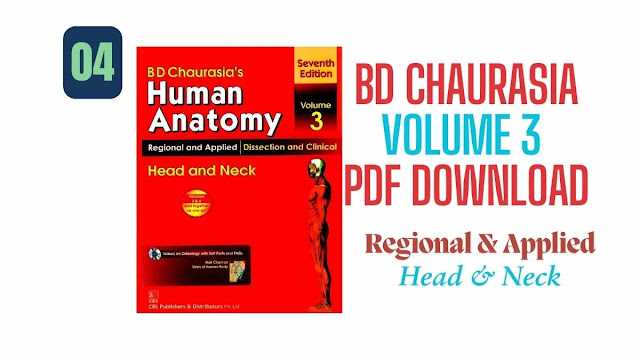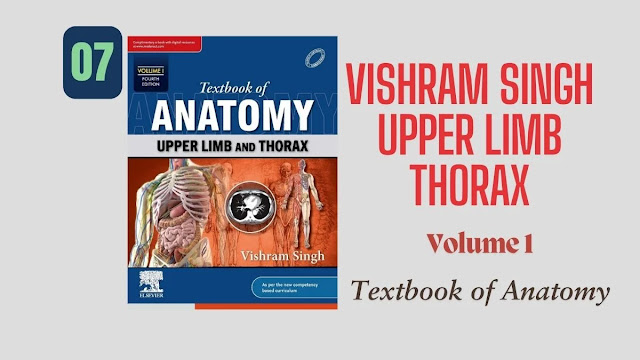This article looks at BD Chaurasia Volume 2 PDF Download. This textbook is important for medical education. It covers the lower limb, abdomen, and pelvis. This gives a clear view of these complex areas. This volume is key for students in the Undergraduate Curriculum. It meets the Medical Council of India’s standards. It also supports publications such as the Journal of Anatomical Society of India. Understanding anatomical development from intrauterine life is also considered.
Surface Anatomy and Surface Landmarks of the Lower Limb:
Knowing the surface anatomy and landmarks of the lower limb is key for clinical exams. Visible and palpable structures include the medial surface, dorsal surface, posterior surface, superior surface, lateral surface, upper surface, palmar surface, and anterolateral surface.
Key landmarks include:
-
Iliac spine
-
Pubic tubercle
-
Ischial spine
-
Head of femur
-
Distal phalanx
-
Middle phalanx
-
Proximal phalanx
Describing the dorsal, medial, and lateral aspects helps us understand the limb’s surface shape.
Bones of the Lower Limb:
The lower limb skeleton comprises the bones of the thigh, leg, and foot. The foot has carpal bones, metacarpal bones, sesamoid bones, a navicular bone, and cuneiform bones. The hip bones form the bony pelvis.
Key bony features are:
-
oblique ridge
-
vertical ridge
-
radial tuberosity
-
gluteal tuberosity
-
supracondylar ridge
-
acetabular notch
-
obturator foramen
-
lesser sciatic foramen
-
articular facet
Bone development occurs through primary centres and secondary centre of ossification.
Joints of the Lower Limb:
Several major joints facilitate movement in the lower limb. These include the elbow joint, wrist joint, radioulnar joint, and sternoclavicular joint. The capsular ligament and articular disc provide stability. The articular strip is a key component of joint surfaces.
Muscles of the Lower Limb:
The lower limb musculature enables a wide range of movements.
Important muscles are:
-
Major muscles
-
Deltoid muscle
-
Gluteus maximus muscle
-
Minor muscle
-
Oblique muscle
-
Pectoral muscles
-
Adductor pollicis
-
Flexor hallucis longus
Adductor, carpi ulnaris, digiti minimi, and pectoralis minor.
Muscle features are:
-
Lateral head
-
Medial head
-
Ulnar head
-
Rough strip
-
Acromial fibres
Topographical regions are:
-
Gluteal region
-
Pectoral region
-
Infraspinous fossa
-
Subscapular fossa
-
Infraclavicular fossa
Nerves of the Lower Limb:
The lower limb’s innervation is complex.
Key nerves are:
-
cutaneous nerves
-
spinal nerves
-
cranial nerves
-
femoral nerve
-
gluteal nerve
-
tibial nerve
-
saphenous nerve
-
arm nerve
-
digital nerves
-
obturator nerves.
Posterior division and ventral divisions of spinal nerves contribute to their formation.
Blood Supply of the Lower Limb:
The lower limb’s blood supply originates from a network of arteries and veins. Important vessels include the nutrient artery, femoral artery, and subclavian artery. Other key vessels are the gluteal artery, cervical artery, humeral artery, and thoracic artery. The intercostal arteries, saphenous vein, cephalic vein, popliteal vein, and cubital vein are also important. The femoral, gluteal, blood, humeral, pudendal, and axillary vessels are all crucial. The nutrient foramen is an opening for blood vessels in bone.
Lymphatics of the Lower Limb:
Lymphatic drainage of the lower limb is crucial. Key structures include axillary lymph nodes, inguinal lymph nodes, and axillary nodes.
Abdominal Wall:
The abdominal wall protects internal organs. It consists of the lateral wall, medial wall, posterior wall, and anterior wall, each with associated muscles and layers.
Pelvis:
The bony pelvis, formed by the hip bones, sacrum, and coccyx, provides a framework for the lower limb and abdominal contents. The pelvic surface and outer surface of the bones are important anatomical features.
Posterior Abdominal Wall:
The back wall of the abdomen holds key structures linked to the lumbar spine and nearby muscles.
Gluteal Region:
The gluteal region contains muscles and nerves that contribute to hip movement and stability.
Popliteal Fossa:
The popliteal fossa is a diamond-shaped space posterior to the knee, containing important neurovascular structures.
Foot in BD Chaurasia Volume 2 PDF Download:
The foot contains bones, muscles, nerves, and vessels, enabling support, propulsion, and balance.
Clinical Significance and Applications:
Understanding the anatomy of the lower limb, abdomen, and pelvis has significant clinical implications. Knowledge of structures like the oblique groove, oval facet, medial margin, posterior margin, superior angle, lateral margin, upper border, deep surface, posterolateral aspect, Superior aspect, wall of axilla, glenoid cavity, median plane, lateral quadrant, week of development, Proximal surface, deep fascia, cribriform fascia, scapular region, sacral plexus, lumbar plexus, cervical plexus, sacrotuberous ligament, fibular facet, Medial cord, lateral cord, sternal angle, dorsal tubercle, suprascapular notch, bicipital groove, obturator foramen, lesser sciatic foramen, pubic tubercle, ischial spine, flexor hallucis longus, b. Adductor, and articular strip is crucial for diagnosis and treatment. Conditions like avascular necrosis highlight the importance of anatomical knowledge.




